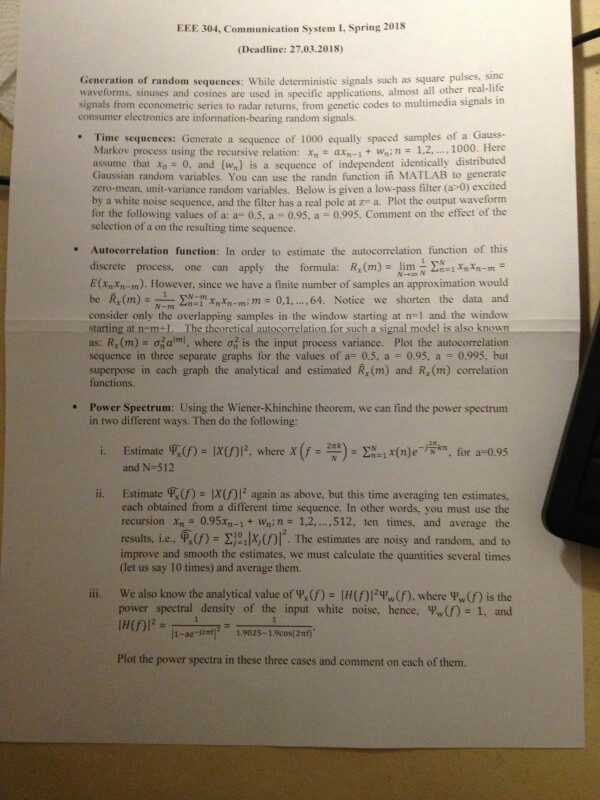

Accidental poisoning of children is a great concern to the Poison Control Center. From the past, 12.5% of all children reported with accidental poisoning required hospitalization. For the years 1993 through 1995 records of poisoning among children were reviewed in an effort to identify areas of improvement for safety and regulation. It was found that 892 of 7434 children in this study required hospitalization. a) Describe the sampling distribution of the sample proportion in statistical notation. b) Justify your ability to use this distribution. c) Given the previous information. what is the probability that 892 or fewer of the 7434 children needed hospitalization?For the given probability density function, over the given interval, find the mean, the variance, and the standard deviation. x [0. 2] 0 1-4:02- 4:0-24 For the given probability density function, over the given interval, find the mean, the variance, and the standard deviation. 1(x) - 4. [2 25. 2.50] Q u - 2.500; 02 - 0.0049 0 = 0.070 Q u - 2375; 02- 0.0052: 0 - 0.072 1 - 2.375, 03 - 0.021; 0 = 0.144 HI - 2.500 02 = 0.0048: 0 - 0.069 For the given probability density function, over the stated interval, find the requested value. * over the interval [0.3]. Find E(x 2), O 16 O 20 Let x be a continuous random variable with a standard normal distribution. Find the requested probability. P(1.26 x x x 2.15] 0.0898 0 0.088 O 0.0862 O 0.588 Find k such that the function is a probability density function over the given interval. Then write the probability dentity function. f(x) = k(11 - x* [0. 11] 121: 160 - 121(11-x THE : fix) " Ty (1 1 .x) O 11: 61x) = 1101 1 - x)EEE 304, Communication System I, Spring 2018 (Deadline: 27.03.2018) Generation of random sequences: While deterministic signals such as square pulses, since waveforms, sinuses and cosines are used in specific applications. almost all other real-life signals from econometric series to radar returns, from genetic codes to multimedia signals in consumer electronics are information-bearing random signals. Time sequences: Generate a sequence of 1000 equally spaced samples of a Gauss- Markov process using the recursive relation: 1, = ax,-1 + win = 1,2, .., 1000. Here assume that No = 0. and (w,) is a sequence of independent identically distributed Gaussian random variables. You can use the randn function in MATLAB to generate zero-mean. unit-variance random variables. Below is given a low-pass filter (a>0) excited by a white noise sequence, and the filter has a real pole at 2- a. Plot the output waveform for the following values of a: a= 0.5. a - 0.95. a = 0.995. Comment on the effect of the selection of a on the resulting time sequence. Autocorrelation function: In order to estimate the autocorrelation function of this discrete process, one can apply the formula: Ry(m) = lim - EN- W 2n=1*n In-m = E(X,In-m). However. since we have a finite number of samples an approximation would be Ry(m) = - -mx N-m Zal Andn-mim = 0,1. ....64. Notice we shorten the data and consider only the overlapping samples in the window starting at nel and the window starting at nem+1. The theoretical autocorrelation for such a signal model is also known as: R,(m) = ona", where of is the input process variance. Plot the autocorrelation sequence in three separate graphs for the values of a= 0.5. a = 0.95. a = 0.995, but superpose in each graph the analytical and estimated R,(m) and R, (m) correlation functions. Power Spectrum: Using the Wiener-Khinchine theorem, we can find the power spectrum in two different ways. Then do the following: i. Estimate T(() = (x(/]P. where X (f = ) = EN=x(nje /x*. for a=0.95 and N=512 ii. Estimate ,(f) = [X(f)I again as above, but this time averaging ten estimates. each obtained from a different time sequence. In other words, you must use the recursion In = 0.95x1-1 + Whin = 1,2,....512. ten times, and average the results, i.e., P.(f) = ,|x,(/)|". The estimates are noisy and random, and to improve and smooth the estimates, we must calculate the quantities several times (let us say 10 times) and average them. iii. We also know the analytical value of 4,() = [H(]I 4,(f). where 4w(f) is the power spectral density of the input white noise. hence, 4.(f) = 1, and |1-ae-121 1.9025-1.9cos(271)" Plot the power spectra in these three cases and comment on each of them.Problem 5. Maximum Likelihood Estimation for Poisson Populations. Consider a random sample X1,X2, ...,Xn from a Poisson population with unknown parameter a (a > 0). (See book's section 3.6 for a Poisson refresher.) (a) Derive the maximum likelihood estimator of a. (b) The Poisson distribution has been widely used to model the distribution of counts of many types, including counts of bacteria formed in liquids. Suppose the number of Legionella bacteria (which is a bacteria often found in warm water) in a sample of 1 litre of water follows the Poisson distribution with unknown parameter a. Use (a) to calculate the maximum likelihood estimate of it based on the following bacteria counts on llitre water samples: 232 225 249 233 242 203 223 229 2245.;L 230 235 217 217 192












